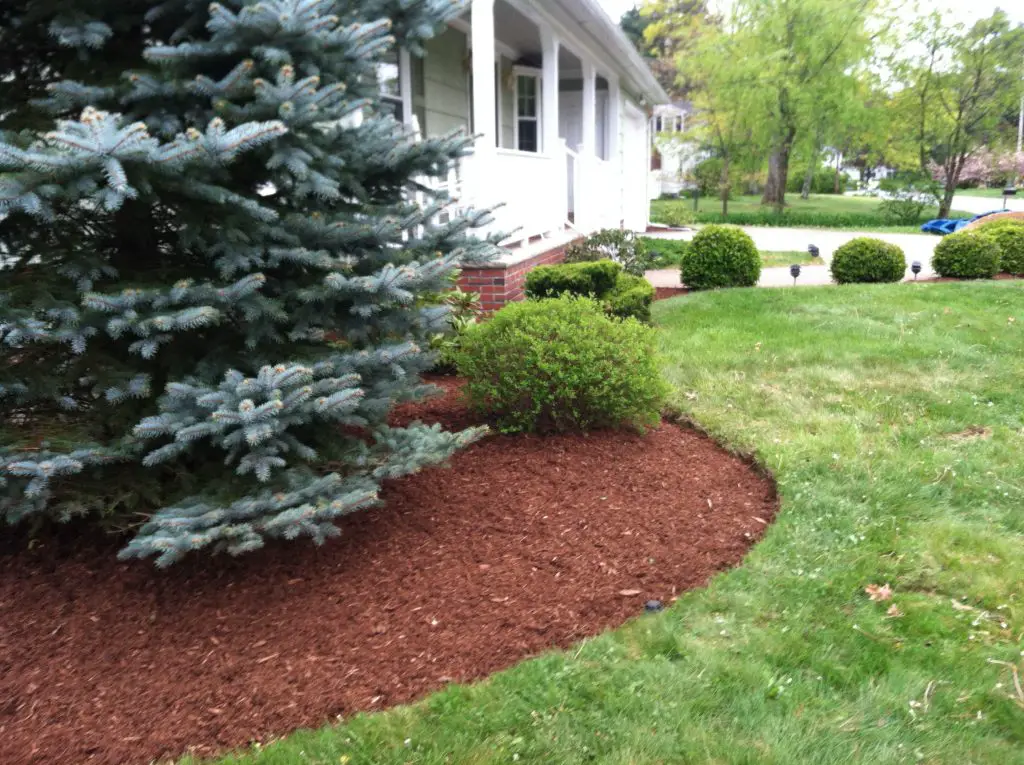Mulch is an essential part of any garden. It helps keep weeds down, retains moisture, and can provide a decorative touch to your flower beds.
But did you know that there are many different types of mulch, each with its own unique advantages?
In this post, we’ll explore some tips for how to maximize your mulch usage from the mulch supplier in the garden.
1. Choose the Right Type of Mulch
Not all mulches are created equal. You should choose a type of mulch that meets your specific needs.
For example, if you want to use it as a decorative element in your flower bed, then shredded bark or wood chips may be the right choice for you.
If you’re looking to keep weeds down and retain water in vegetable gardens or lawns, straw or hay might be better options.
2. Use Organic Mulch Whenever Possible
Organic mulches such as straw and hay can help improve the soil quality over time by adding nutrients as they decompose.
They also help prevent weed growth since they block out sunlight from reaching weed seeds below the surface of the soil.
Plus, organic mulches break down more slowly than non-organic mulches like rubber or plastic, so they will last longer in your garden before needing to be replaced.
3. Prepare Your Soil Before Adding Mulch
Before adding any type of mulch to your garden beds, make sure that the soil is free from debris and weeds.
This will ensure that the mulch has maximum effectiveness and that it won’t get contaminated with weed seeds or other unwanted plants while sitting on top of the soil.
4. Apply Mulch Evenly
When applying mulches to flower beds or around trees, make sure to spread them evenly across the area to get maximum coverage and benefit from their weed-blocking abilities.
If you don’t spread them evenly enough, some areas may not receive enough coverage leading to weed growth in those spots later on down the line.
5. Don’t Overapply
While it’s important to spread what you have received from your mulch supplier evenly across an area, be careful not to apply too much of it at once since this could lead to excessive moisture retention.
This could harm plants and flowers by drowning their roots in soggy soils for extended periods of time, especially during rainy months.
The general recommendation is two to three inches thick for most applications but be sure to research specific types of plants prior to application if necessary.
6. Use Colorful Mulches
Adding colorful elements to the garden can enhance its overall aesthetic appeal while also helping retain moisture and control weeds at the same time.
Gravels or redwood chips are great options here because they provide vibrant pops of color without sacrificing functionality.
7. Refresh Your Mulching Every Year
To keep up with changing weather conditions throughout different seasons, such as hot summers leading into cold winters, it’s a good idea to refresh your mulching every year so that it remains effective against heat loss and weed germination alike.
This can also help maintain optimal nutrition levels for plants by replenishing essential minerals lost through wear and tear over time.
8. Reuse Old Materials
Instead of throwing away old materials such as leaves, grass clippings, etc., these materials can actually be reused as excellent sources of organic matter when added back into gardens.
These materials can act as natural fertilizers while simultaneously providing additional protection against both heat loss and weed growth.
How Much Mulch Do You Need?
The amount of mulch required depends largely on what type of material you are using and how large your garden bed is. The bigger the bed, the more material you’ll need.
As a general rule, spread one to two inches of material evenly around each plant in order to get optimal coverage without suffocating any roots or stems beneath it.
When applying mulch around shrubs or trees with larger trunks, make sure not to pile up too much against them. Leave about three to four inches clear around them in order for them not to be smothered by the material used around them.
You can also ask your mulch supplier if you have anything unclear about how much mulch you will need for your area.
Conclusion
By following these tips for maximizing your usage of different types of mulches in the garden, you’ll be able to reap all sorts of benefits, such as improved soil quality, enhanced aesthetics, temperature regulation, moisture retention, and even weed control.
Whether you’re looking for something decorative or functional, there’s bound to be a type of mulch to suit your gardening needs.
With just a little bit of research and planning from your mulch supplier, you can get the most out of your mulching experience.


